Taking care of your home often feels like a juggling act, with tasks piling up faster than you can tackle them. While some chores are unavoidable, there are plenty of lesser-known things you might be doing that could lead to costly repairs down the line. Refresh your routine with these tips to keep your home in tip-top shape and your wallet happy.
1. Ignoring Your Water Heater

Your water heater is one of those household heroes that goes unnoticed until it’s on the fritz. Neglecting regular maintenance can lead to tank corrosion or sediment buildup, shortening its lifespan significantly. Experts suggest flushing your water heater at least once a year to prevent sediment from accumulating at the bottom. According to a study by the Department of Energy, maintaining your water heater can improve its efficiency by up to 12% and extend its life by several years. Don’t wait until you’re shocked by an unexpected cold shower; a little attention goes a long way.
Beyond flushing, it’s crucial to inspect the anode rod every few years. This metal rod attracts corrosive elements, protecting the tank from rusting. Once the anode rod is fully corroded, the tank will start to rust, leading to leaks. Replacing it costs far less than a new water heater and helps you avoid an emergency replacement. Staying proactive saves you from both financial and literal cold surprises.
2. Overloading Your Electrical Outlets
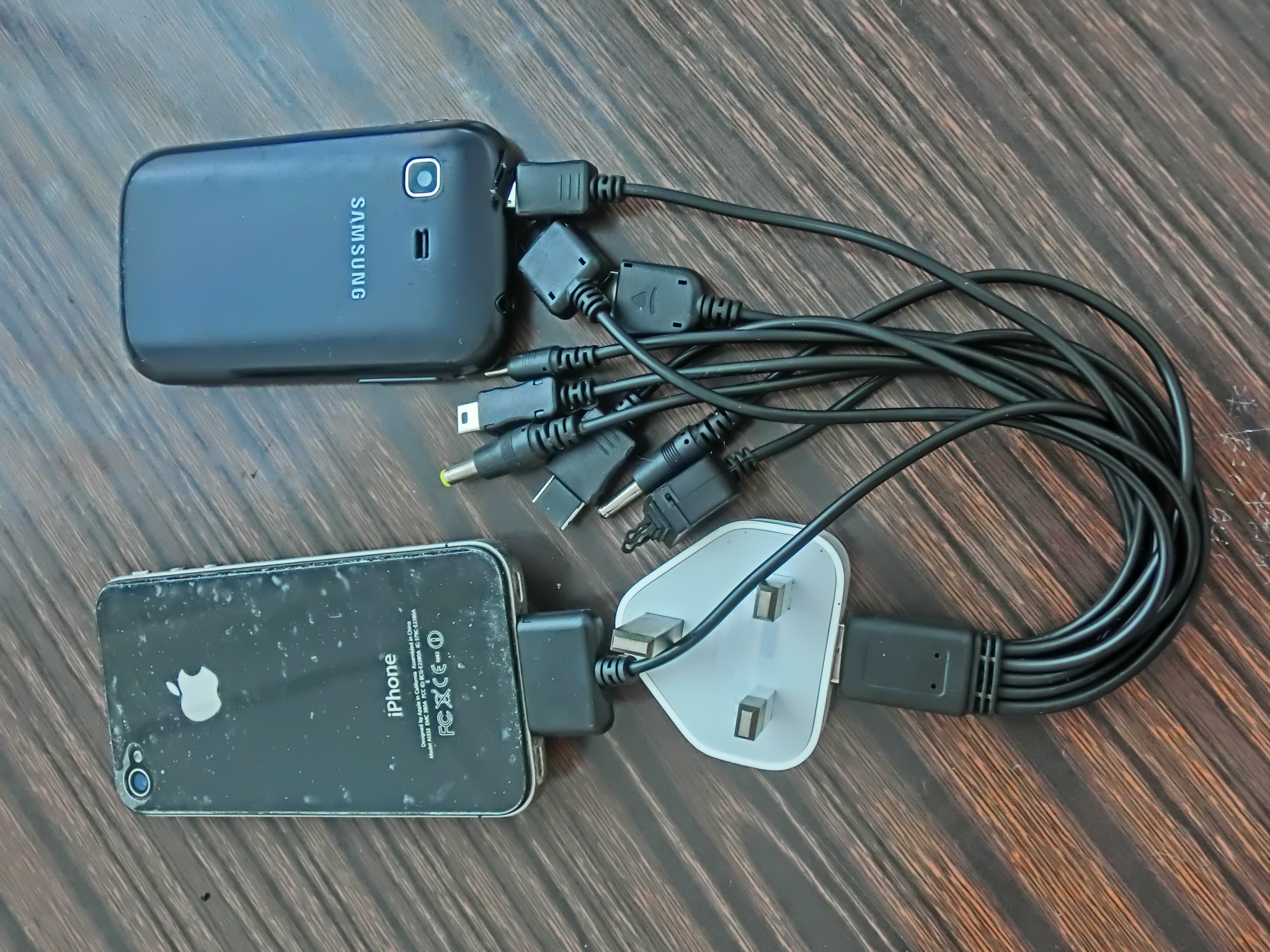
We live in a world where everything needs to be plugged in, from gadgets to appliances. Overloading electrical outlets can lead to serious issues like blown fuses or even fires. If you’re daisy-chaining power strips or plugging in too many high-watt devices, you’re asking for trouble. Each outlet is designed to handle a specific load, so be mindful of how much you’re plugging into one spot. It’s a sobering thought that overloaded outlets cause the majority of home electrical fires.
Consider upgrading your electrical system if you find yourself constantly running out of outlets. A licensed electrician can add additional circuits or upgrade your panel to accommodate your needs safely. This upgrade can also increase your home’s value, making it a wise investment. And while it might seem like a hassle now, it’s a small price to pay compared to the potential damage from a fire. Your peace of mind and safety are worth it.
3. Skipping Gutter Cleaning
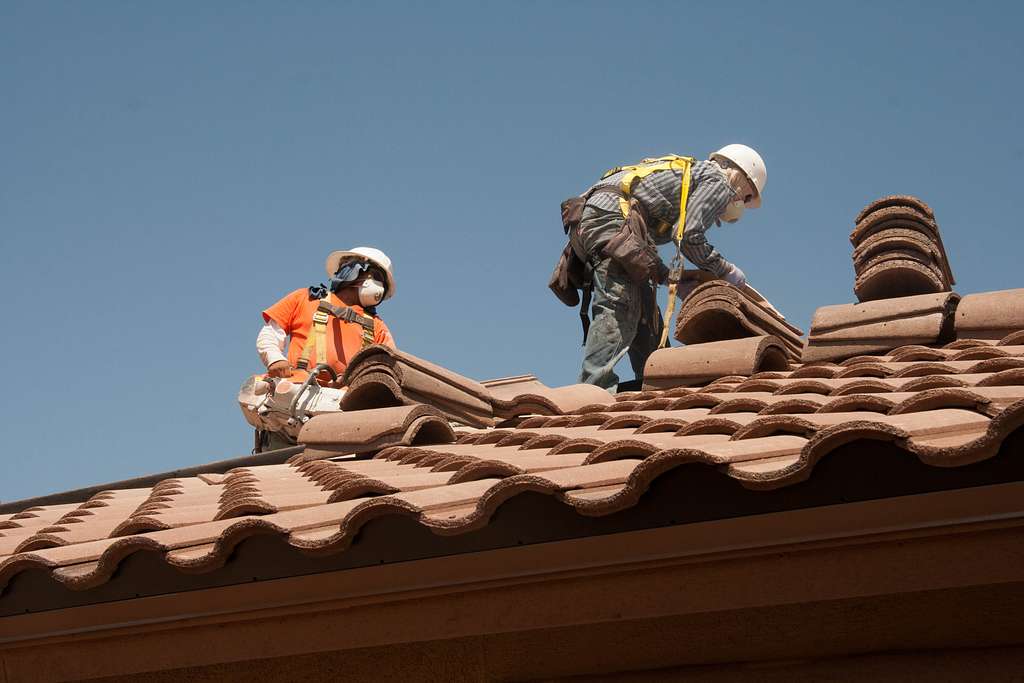
Ignoring your gutters might seem inconsequential, but it can lead to significant damage over time. Clogged gutters can cause water overflow, damaging your home’s foundation, siding, and roof. The National Association of Home Builders recommends cleaning your gutters at least twice a year to prevent water damage. Accumulated leaves and debris can turn your gutters into a breeding ground for pests and mold, further exacerbating the issue. Regular cleaning is essential for avoiding these costly and unsightly problems.
If climbing a ladder isn’t your thing, consider hiring a professional to clean your gutters. They can also inspect for any structural damage or misalignment, ensuring everything is functioning smoothly. Remember, your gutters are your home’s first line of defense against water damage. Keeping them clear allows water to flow away from your house, protecting your investment. It’s an easy task that pays returns in preserved home value and avoided repairs.
4. Neglecting HVAC Maintenance

Your HVAC system works hard to keep your home comfortable year-round, but it requires regular maintenance to function properly. Neglecting this can lead to reduced efficiency, higher energy bills, and even system failure. Changing your filters every 1-3 months and having a professional inspection annually can extend the life of your HVAC system significantly. A well-maintained system provides better air quality and consistent temperature control throughout your home. Skimping on maintenance may save you a few bucks now but could cost you a system replacement down the line.
In addition to routine maintenance, pay attention to strange noises or irregular performance. These can be early warning signs of bigger issues that might require immediate attention. Ignoring them can result in more extensive and expensive repairs later. Keeping your HVAC system in good shape not only keeps your home comfortable but also protects your wallet. It’s a small investment for the peace of mind that comes with knowing your home is running smoothly.
5. Failing To Seal Windows And Doors
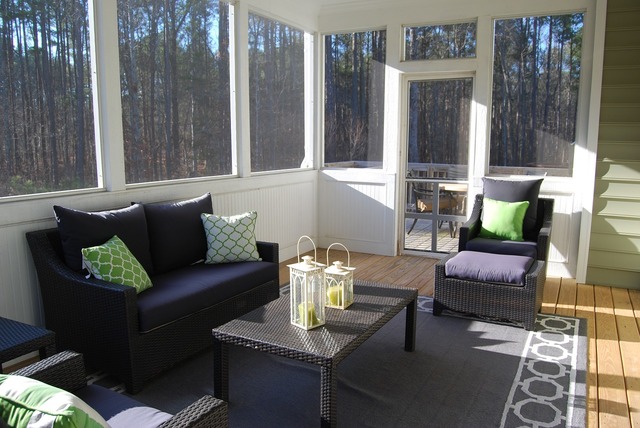
Properly sealed windows and doors aren’t just about keeping drafts out; they help maintain your home’s overall energy efficiency. Gaps and leaks can let conditioned air escape, causing your heating and cooling systems to work overtime. According to energy expert Sarah Dillingham from the Energy Efficiency Alliance, sealing your home can reduce energy bills by up to 20%. Make sure you check for and seal any gaps with weather stripping or caulk. This simple task not only saves money but also increases comfort by eliminating cold spots or hot drafts.
Beyond energy savings, properly sealed windows and doors prevent moisture intrusion, which can lead to mold and rot. Water damage can wreak havoc on your walls and floors, leading to expensive repairs. Regularly inspect and maintain these seals, especially after extreme weather conditions. This proactive approach saves money and protects your home from potential damage. Keeping the elements outside where they belong makes your home a sanctuary, not a sieve.
6. Overlooking Plumbing Leaks
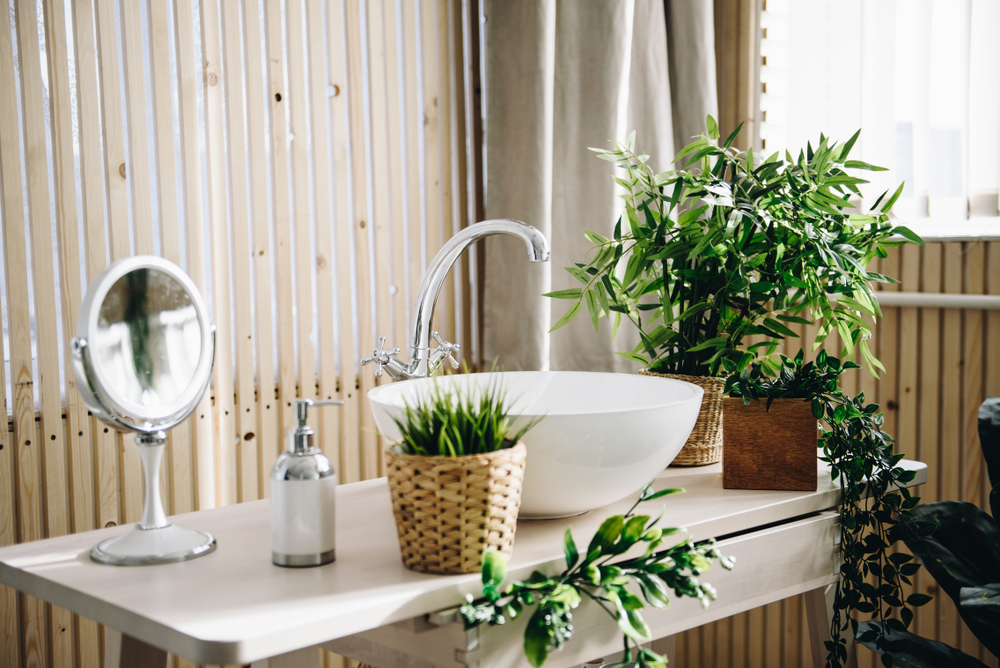
Leaky faucets and dripping pipes might seem like minor annoyances, but they can lead to significant issues if left unchecked. Small leaks can waste gallons of water and increase your utility bills, but they can also cause water damage and mold growth. Checking under sinks and around appliances like dishwashers and washing machines can help catch issues early. Don’t ignore that tiny drip; fixing it promptly can save hundreds in repair costs. Catching leaks early prevents them from turning into major headaches.
Regularly inspecting visible pipes and listening for unusual sounds can alert you to potential leaks. If you’re noticing reduced water pressure or discolored water, these could be signs of a bigger issue lurking in your pipes. Early detection is key to preventing costly damage and maintaining your home’s efficiency. Calling a plumber for a quick fix is far more economical than dealing with water damage restoration. Staying vigilant pays off in both peace of mind and a healthy home environment.
7. Mismanaging Lawn And Yard Drainage
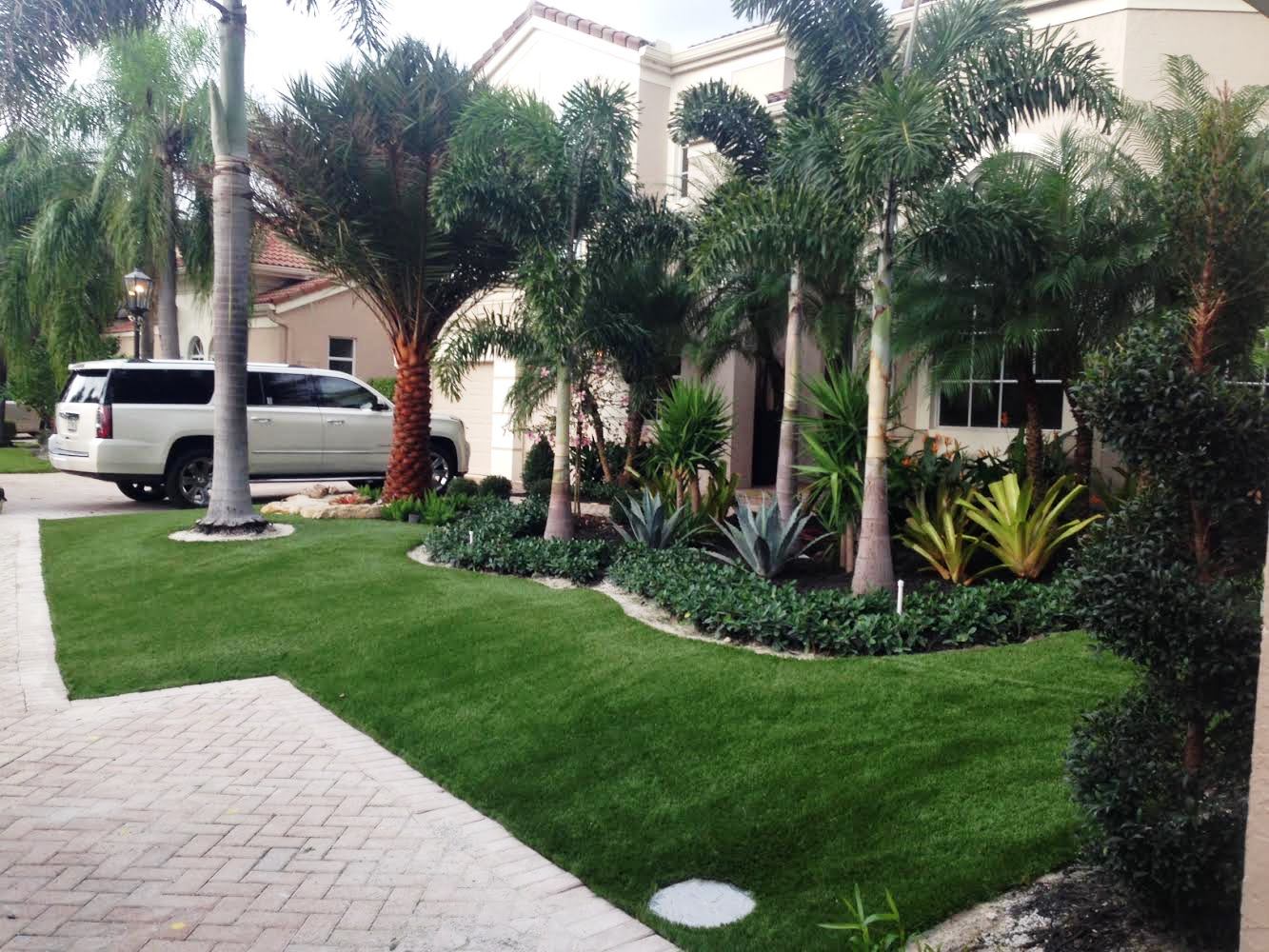
Improper yard drainage might not seem like a priority, but it can lead to significant foundation problems over time. Water pooling around your home can penetrate the foundation, leading to cracks and instability. Research by the American Society of Civil Engineers highlights that proper drainage can prevent structural damage and keep your home safe. Regularly check your yard for standing water or erosion and take steps to correct these issues. Grading your lawn or installing a drainage system can mitigate these risks and protect your property.
Ensuring that downspouts direct water away from your home is another crucial step. When downspouts dump water too close to the foundation, it can seep into the basement or crawlspace, leading to mold and structural issues. Investing in extensions or splash blocks helps keep water at bay. Proper yard management keeps your home dry and stable, preventing costly repairs. A little landscaping effort goes a long way in safeguarding your investment.
8. Using The Wrong Cleaning Products
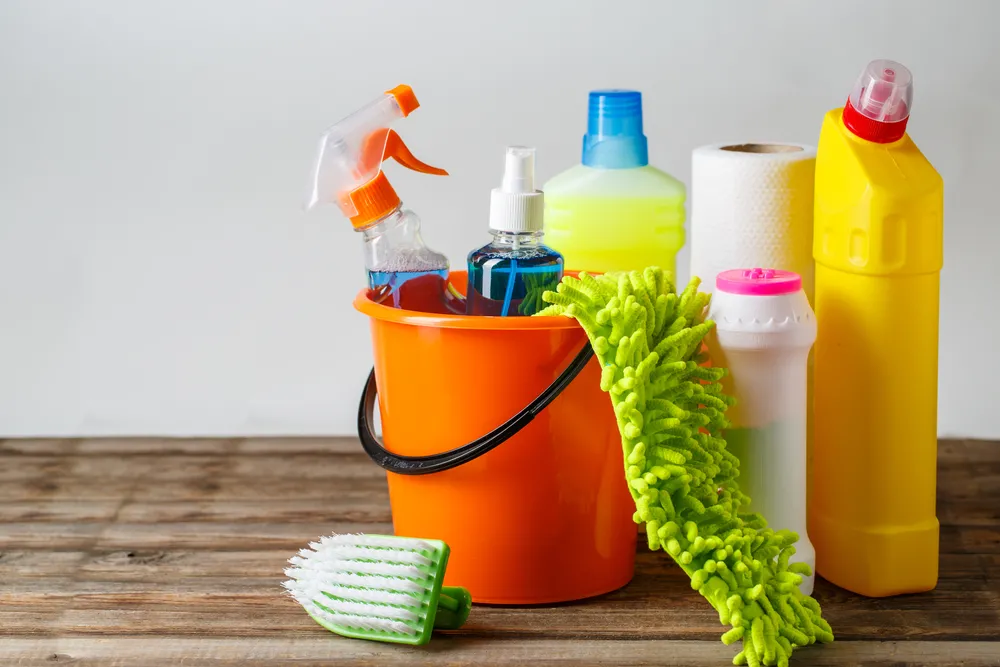
Not all cleaning products are created equal, and using the wrong ones can damage your surfaces. Abrasive cleaners can scratch countertops, dull finishes, and even wear down protective coatings. Always check the manufacturer’s guidelines for specific cleaning instructions to avoid damaging your home’s materials. Using gentle, appropriate cleaners maintains your surfaces and keeps them looking new. It’s about more than appearance; it’s about preserving the value and longevity of your home’s features.
When in doubt, opt for all-purpose cleaners that are safe for a variety of surfaces. However, be mindful of the active ingredients and ensure they’re suitable for your specific needs. Testing a new product in an inconspicuous area first can save you from widespread damage. Keeping a well-stocked cleaning closet with the right products ensures you’re always prepared for any mess. Protecting your surfaces preserves the beauty and functionality of your home.
9. Ignoring Roof Damage
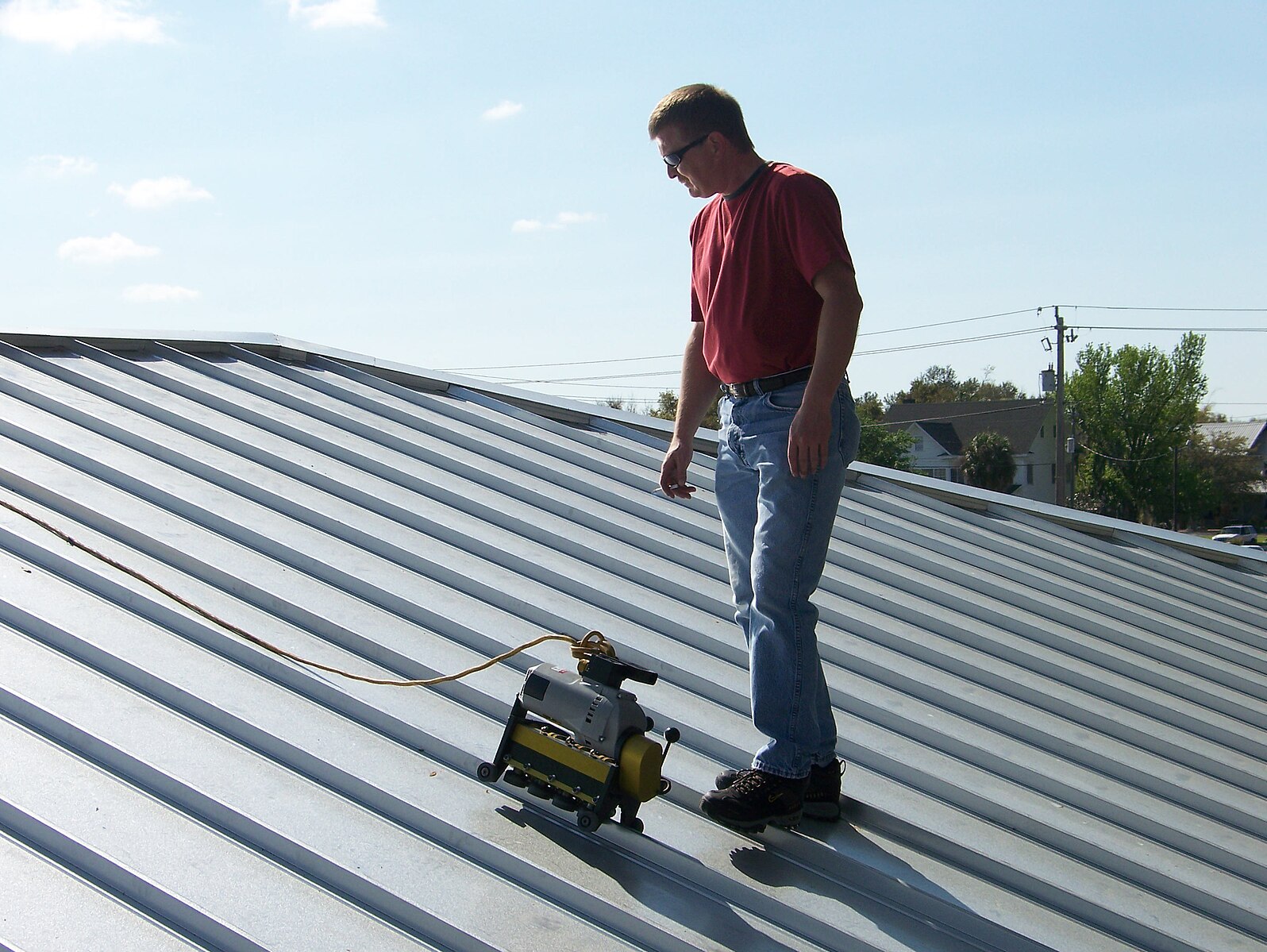
Roof maintenance might not seem pressing, but ignoring it can lead to significant interior damage. Broken shingles or damaged flashing can cause leaks, leading to mold and rot inside your home. It’s essential to inspect your roof after heavy storms or seasonal changes to catch potential issues early. Addressing minor repairs promptly can extend the life of your roof and protect your home from costly water damage. Regular inspections and maintenance keep your roof in tip-top shape, ensuring your home remains dry and secure.
Even if you can’t see problems from the ground, hiring a professional for periodic inspections is a wise investment. They can spot issues invisible to the untrained eye, saving you from emergency repairs down the line. A well-maintained roof also contributes significantly to your home’s energy efficiency by preventing heat loss. Your roof is your home’s first line of defense against the elements, making its upkeep essential. Proactive care ensures your home stands strong through every storm.
10. Overlooking Humidity Levels

Humidity control is crucial for a healthy home, but it’s often overlooked. Excess moisture can lead to mold and mildew, affecting both your health and your home’s structural integrity. Use dehumidifiers in areas prone to dampness, like basements and bathrooms, to keep humidity in check. Proper ventilation and exhaust fans also help manage moisture levels, preventing damage and maintaining air quality. Keeping humidity balanced protects your home and enhances your living environment.
If left unaddressed, high humidity can warp wood, damage wallpaper, and even cause paint to peel. Regularly checking humidity levels with a hygrometer can alert you to potential issues before they escalate. Maintaining optimal moisture levels not only protects your home but also safeguards your health by reducing allergens and mold spores. It’s a simple step with significant benefits that improve comfort and extend the life of your home’s interiors. Balancing humidity is about more than comfort; it’s about preserving your home and health.
11. Delay In Pest Control
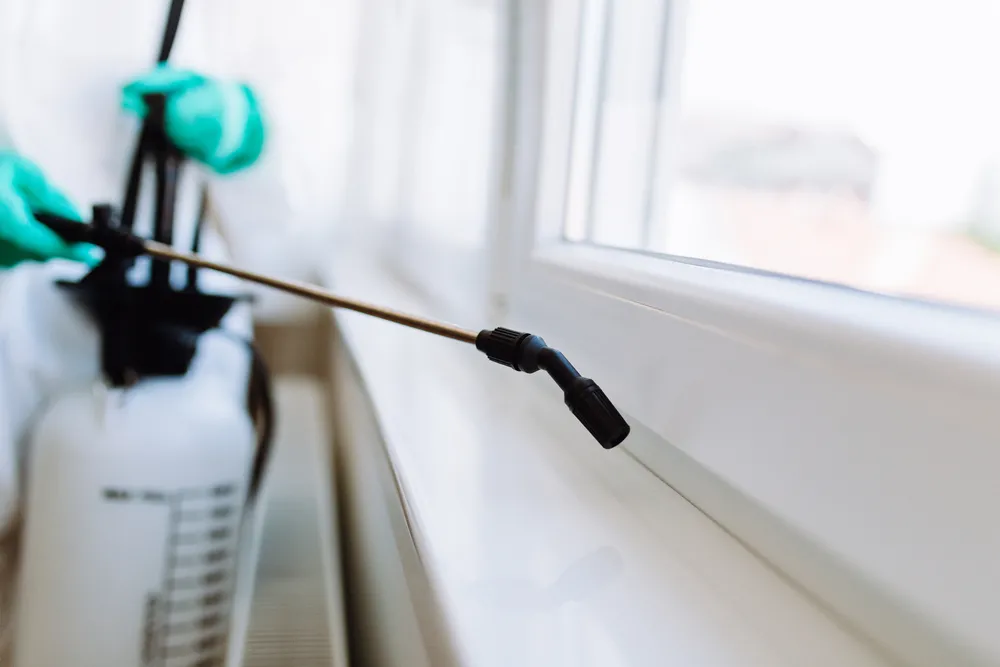
Pests might seem like a minor nuisance, but they can cause significant structural damage if not addressed promptly. Termites, in particular, can eat away at your home’s foundation, causing thousands of dollars in damage. Regular pest inspections and preventive treatments can catch problems before they become severe. Ignoring infestations can lead to extensive repairs and a compromised home structure. Don’t wait for visible damage to act; prevention is key.
Besides structural threats, pests can also spread diseases and allergens, impacting your health. Keeping your home clean and sealing entry points can help deter them. If you notice signs of an infestation, contact a pest control professional immediately. Early intervention is cheaper and more effective than dealing with a full-blown infestation. Safeguarding your home from pests preserves its integrity and protects your family’s health.
12. Incorrectly Storing Firewood

Storing firewood might seem straightforward, but doing it wrong can invite pests and moisture into your home. Woodpiles can harbor termites, ants, and rodents, which can easily transfer to your home’s structure. It’s best to keep firewood stacked at least 20 feet away from your home and elevated off the ground. This not only deters pests but also keeps the wood dry, making it easier to burn. Proper storage protects both your home and your wood supply.
Beyond pest control, moisture is another concern with improperly stored firewood. Wet wood is harder to ignite and burns inefficiently, leading to more smoke and creosote buildup in chimneys. This can increase the risk of chimney fires and require more frequent cleaning. Keeping your wood dry ensures a cleaner, safer burn and reduces maintenance needs. Proper firewood storage is a small step with big implications for home safety and efficiency.
13. Installing Appliances Incorrectly
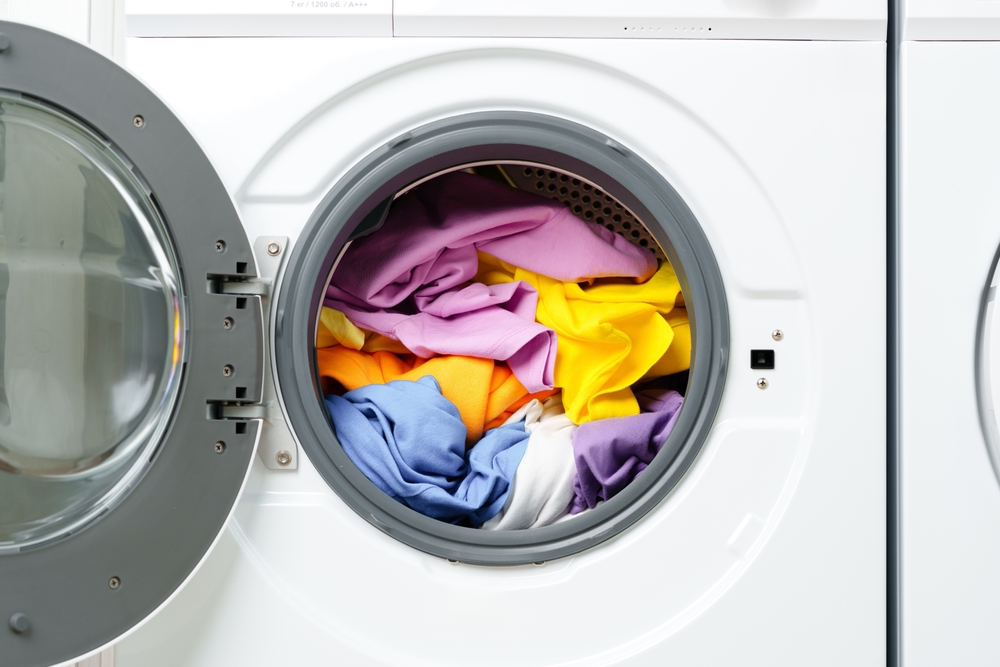
Installing appliances might seem like a quick DIY task, but improper installation can lead to serious issues. Misalignments or incorrect connections in appliances like dishwashers, washers, or gas stoves can cause leaks or even hazardous situations. Consulting the manufacturer’s manual or hiring a professional can ensure everything is hooked up correctly. It’s important not to cut corners here; the smallest mistake can lead to costly repairs or safety hazards. Proper installation avoids these pitfalls, ensuring your appliances work efficiently and safely.
Regularly checking connections and hoses on existing appliances can prevent wear and tear from becoming a bigger issue. Leaks, unusual noises, or poor performance can indicate that something is amiss. Don’t ignore these signs; addressing them early can prevent major repairs and extend the life of your appliances. A little diligence goes a long way in keeping your home running smoothly. Proper installation and maintenance protect your investment and provide peace of mind.
This article is for informational purposes only and should not be construed as financial advice. Consult a financial professional before making investment or other financial decisions. The author and publisher make no warranties of any kind.








